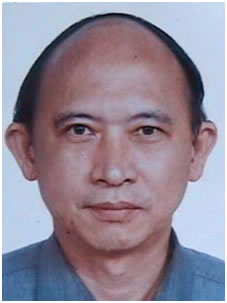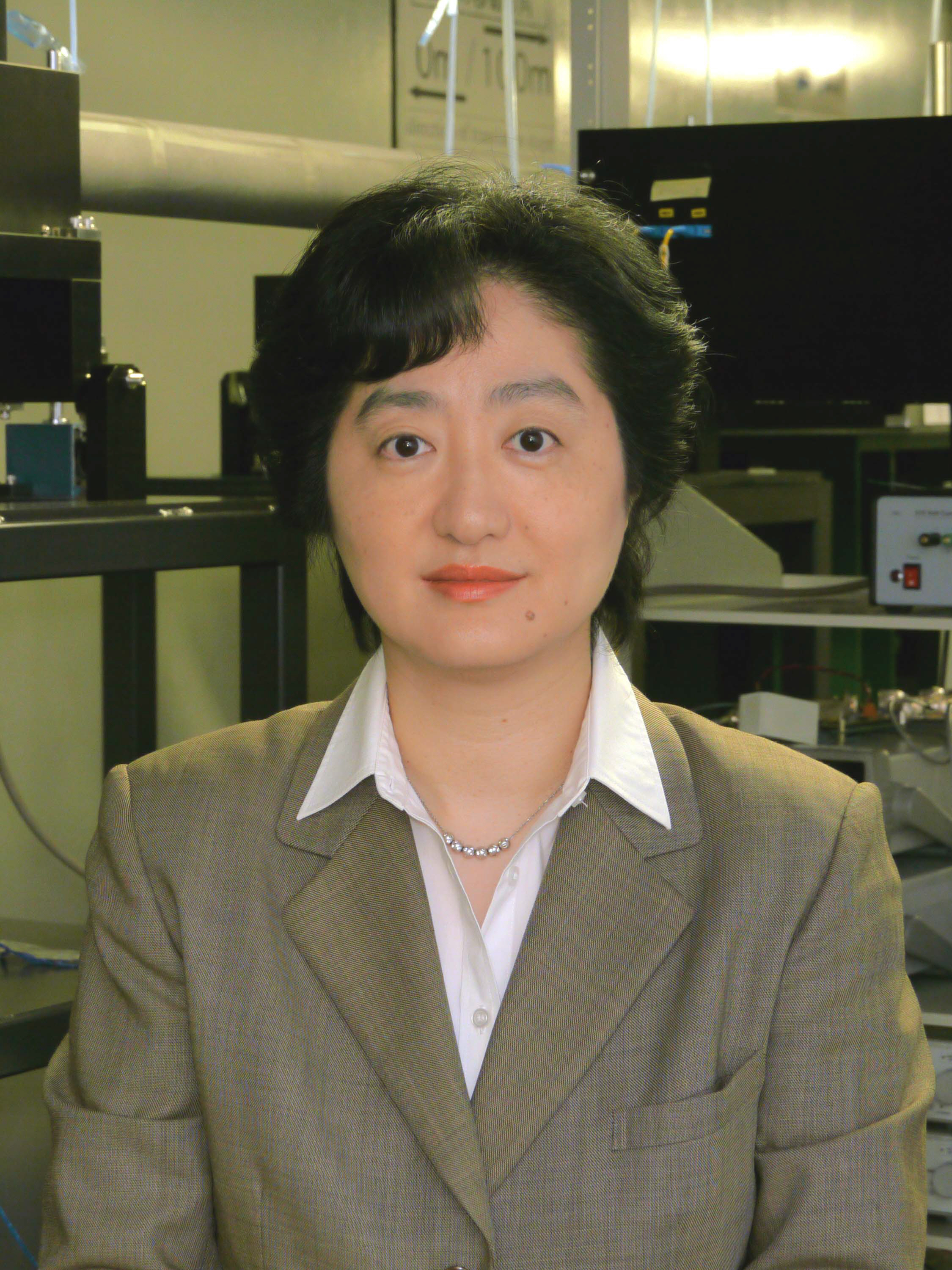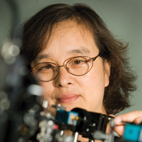Keynote Speeches
|
|
| |
Ą°Sensors and Measuring Instruments for Precision PositioningĄą
Abstract
Precision positioning, which is a process to determine the position of an object precisely, is a fundamental process in various areas of scientific researches, industries and daily life. In addition to positioning uncertainty, positioning speed and corresponding cost are also important factors in precision positioning. Sensors and measuring instruments are the most important elements in precision positioning systems. This speech presents a survey on the state-of-the-art sensors and measuring instruments for precision positioning over a wide range of science and technology, such as laser interferometers, optical-comb distance sensors, laser trackers, linear encoders, surface encoders, capacitive sensors, triangular sensors, film strain gauges, vision systems, etc., used in precision engineering, information technology, space technology, bioengineering, robotics, large scale constructions, etc. Global positioning systems and radar systems, which play an important role in navigation and transportation, will also be included. |
 |
Professor Kuang-Chao Fan
Department of Mechanical Engineering, National Taiwan University, Taiwan
e-mail : fan@ntu.edu.tw |
|
| |
|
Ą°Applications of Abbe Principle to Precision MachinesĄą
Abstract
Abbe Principle, named after Dr. Ernest Abbe 1890, provides a fundamental guideline for all precision machines associated with particular functions, such as precision measuring machines, precision fabricating machines, precision assembly machines or precision machine tools. It was initially proposed for the measuring instrument by indicating that the scale (reference line of action) of a linear measuring system should be in line with the spatial dimension or displacement to be measured or else the measurement must be corrected for the associated Abbe error. This principle, in fact, has been applied to the design of all precision machines nowadays.
In this speech, the review of some design applications based on Abbe Principle will be introduced. For those that cannot meet this requirement due to space or functioning limitation, various error compensation strategies have been applied. This speech will address our applications of Abbe Principle in the Micro/nano-CMM design. In addition, for improving the accuracy of machine tools, a novel general-purposed Abbe error compensator has been designed for CNC machine tools. The design concept and its implementation will be described. |
 |
Dr. Kaoru Minoshima
National Institute of Advanced Industrial Science and Technology (AIST)
National Metrology Institute of Japan (NMIJ), Japan
e-mail : k.minoshima@aist.go.jp |
|
| |
|
Ą°High Accuracy Length Metrology
using Fiber-based Optical Frequency CombsĄą
Abstract
Optical frequency comb technology opened up new fields not only in frequency metrology but in length metrology. Frequency-traceable length measurement using frequency combs provides direct realization of the definition of meter, remote calibration using a GPS technology, and precise measurements of wide range of lengths by taking advantage of high dynamic range in frequency measurements. Recent development of optical frequency combs using mode-locked fiber lasers and all-fiber-based stabilization and delivery techniques is particularly beneficial to practical length metrology because of its compactness, robustness, long-term stability, and capability of remote measurements. In this paper, we report our recent achievements on high-accuracy length measurements using fiber-based frequency combs.
|
 |
Professor Xiangqian (Jane) Jiang
Centre for Precision Technologies, School of Computing and Engineering, University of Huddersfield, United Kingdom
e-mail : x.jiang@hud.ac.uk |
|
| |
|
Ą°Freeform/structured Surface CharacterisationĄą
Abstract
Surfaces provide the functional interface through which all advanced and emerging products operate at the most fundamental level. In all cases, functional performance depends on our ability to assess the quality of the surface topography/geometry at micro/nano levels. Next-generation products will demand not only capability for super-smooth surfaces, but also specific non-Euclidian geometries as well as micro-structures deterministically introduced both for their functional performance and also to enable their successful manufacture. Technological progress using these surfaces can only be possible if their various manufacturing processes are controlled and they are measurable and assessable.
In this talk, the methodologies for the understanding and characterisation of freeform/structured surfaces will be introduced. A fundamental framework for the assessment of ultra/ nano precision non-Euclidian geometry and deterministically-patterned surfaces will be presented, highlighting the progress made in the field of surface metrology. |
|
|



